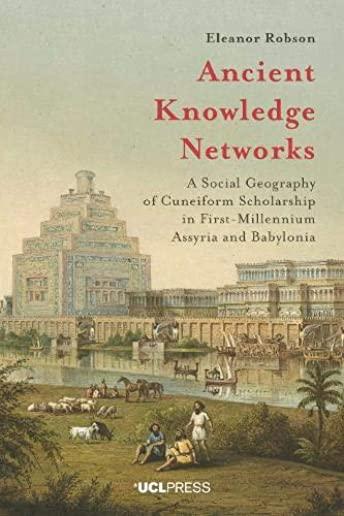
Scott, Douglas D.
Artifacts found on a field of battle and removed without context or care are just relics, curiosities that arouse romantic imagination. When investigators recover these artifacts in a systematic manner, though, these items become a valuable source of clues for reconstructing battle events. Here Scott describes how detailed analysis of specific detritus at the Little Bighorn--such as cartridge cases, fragments of camping equipment and clothing, and skeletal remains--have allowed researchers to reconstruct and reinterpret the history of the conflict. In the process, he demonstrates how major advances in technology, such as metal detection and GPS, have expanded the capabilities of battlefield archaeologists to uncover new evidence and analyze it with greater accuracy.
Through his broad survey of Little Bighorn archaeology across a span of 130 years, Scott expands our understanding of the battle, its protagonists, and the enduring legacy of the battlefield as a national memorial.







